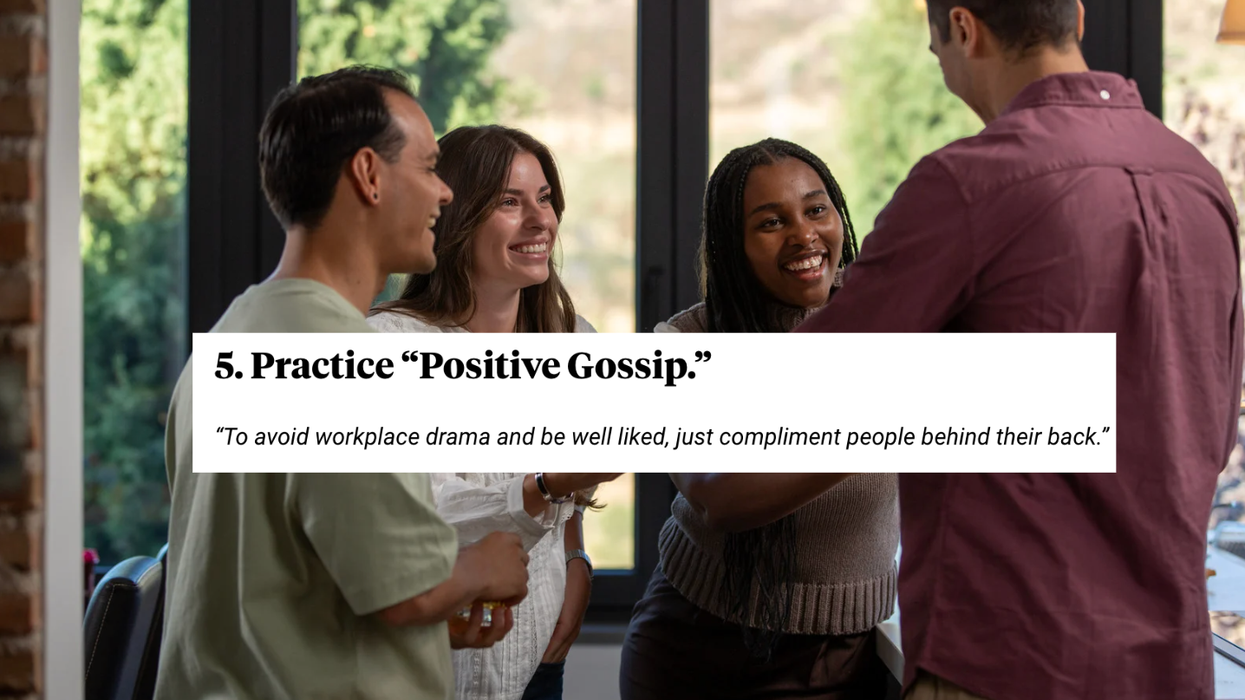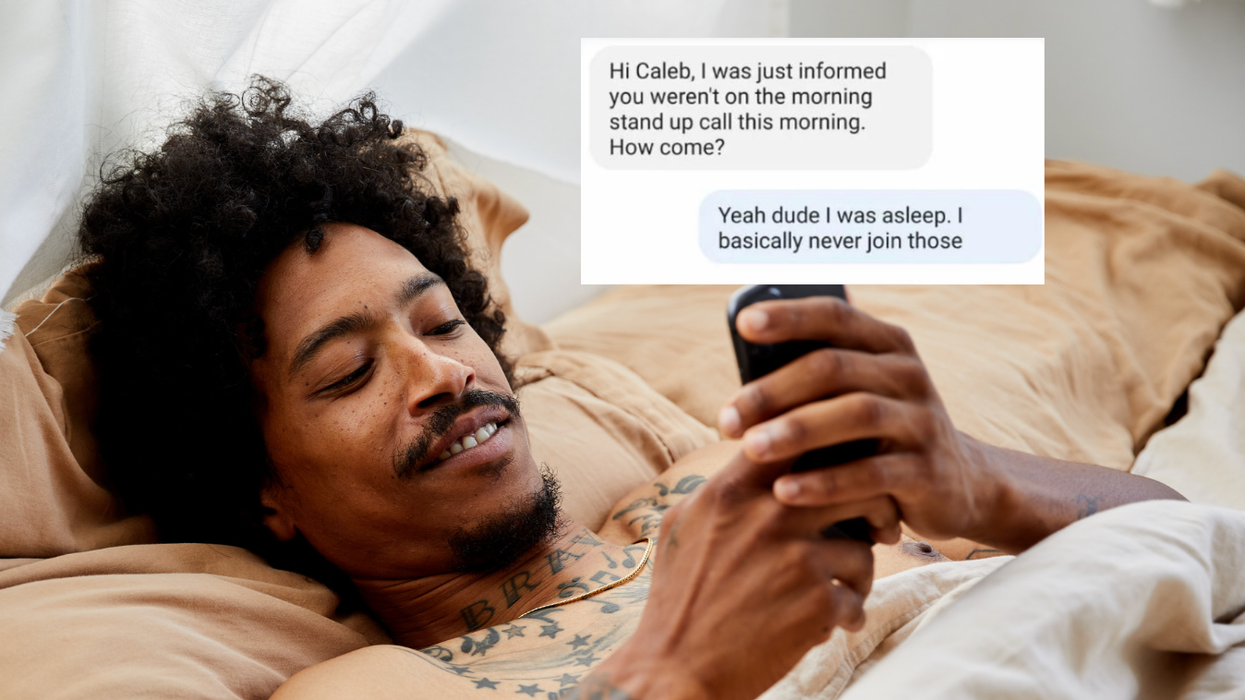Receiving criticism can be important for both managers and employees alike. The same with praise. It is essential to ensure the job is done as well as possible, and the other is acknowledging a person’s achievements. Despite the different aims, for decades, people have used the “compliment sandwich” technique to soften a critique by sandwiching it between two compliments, with the intention of providing balanced feedback and avoiding the critiqued person questioning their worth.
However, psychologists, CEOs, business professionals, and a published study from the University of Western Ontario suggest that nowadays, compliment sandwiches are being rejected. “Regularly starting with a compliment to ease into a critique quickly teaches people to be on high alert,” said Professor Karen McMillan, one of the head researchers at Ivey Business School at UWO. “They end up ignoring the positive and resenting the negative.”
@makesomenoisedo When you're delivering bad news, a compliment sandwich always helps! #makesomenoise #dropout #devinfield
As people have become more familiar with this technique, they recognize when it is being done to them. Due to that exposure, every time a compliment is given, a “but” is expected, or they view whatever compliments accompany the critique as disingenuous. This can also build resentment as the critiqued may either think the person serving them the compliment sandwich is being passive-aggressive or that accompanying one critique with two compliments creates a “I just can’t satisfy them” feeling. The lack of direct feedback can also make the critiqued think that they cannot handle the criticism either.
@mamamiaoutloud The 'compliment sandwich' is officially off the menu. Turns out “You’re amazing, here’s the problem, but also you’re amazing” is useless. So, how should you give feedback? We’ve got the answer in today’s episode of Mamamia Out Loud.
The realization that the compliment sandwich has spoiled isn’t lost on the business leaders who spoke to GOOD. They also dislike the way the sandwich tastes. “The problem is that it feels rehearsed and insincere,” said Henry Criss, CEO of Fraum Health. “When people start to expect bad news every time they hear a compliment, trust starts to fade. The feedback loses its meaning, and the message gets lost.”
“I don’t like the compliment sandwich because it’s easy for employees to see through that,” said Burkan Bur, managing director at The Ad Firm. “Once they know you’re going to give them a positive anyway, it takes away the value of the compliment because they know that the criticism is coming too. I also don’t like ‘positive-negative-positive’ because it seems insincere.”
“The compliment sandwich often hides discomfort rather than resolving it. Ethical leadership means giving feedback without tension or manipulation—just clarity and care,” said Cedric Bertelli, founder of The Emotional Health Institute.
This isn’t just limited to work, as you likely know. Compliment sandwiches have been similarly used as a criticism method from teachers to students, parents to children, and even friends to friends. None of them wants to take bites out of them either. Fortunately, therapists who spoke to GOOD offer some alternative approaches.
“Be direct and clear. Talk about appreciation and constructive feedback separately, while still providing both," said licensed therapist Danielle Sethi. "You can even ask the recipient where they’d like to start. Wherever you start, ensure it’s clear when you wrap up a part of the conversation and shift to the next. As you offer feedback, make it clear why it matters.”
“I recommend starting from a place of curiosity and support,” said licensed marriage and family therapist Chlöe Bean. “Use language like ‘I noticed that (blank)...how has it been impacting you?’ so we stay in curiosity and connection versus criticism and immediate blame.”
“Remember that conversations go two ways," added Sethi. "Give them a chance to offer their view and ask clarifying questions. Make sure you are on the same page before you wrap up and follow up after this conversation as needed.”
Cultivating a place of clear communication and nurturing conversation allows the critic to explain why certain behaviors or missed milestones are impacting them, while also allowing the criticized individual to gain a fuller picture. It also creates room for the criticized to explain why things haven’t met the critic’s expectations and opens up collaboration to help both parties move forward. This is applicable and important in all relationships.
“Treating feedback as an ongoing conversation, instead of a periodic meeting that ticks a box, is a more genuine and effective approach to employee feedback than tactics like compliment sandwiches,” said Drew Mansur, co-founder and director of TileCloud. “Treating feedback as a dialogue—rather than placing it in a structure that makes the employee feel better for the sake of being nice—builds two-way trust, accountability, productivity, and a culture where people actually want to listen and act on guidance.”
“Resilience naturally develops in safe, nurturing environments where feedback is offered with integrity and received with responsibility,” said Bertelli. “In that space, criticism becomes constructive, and growth replaces defensiveness.”
“Leaders should also give praise on its own, not just as a tool to set up for criticism,” said Criss. “Sincere recognition carries real weight, and giving feedback in real time, instead of saving it for performance reviews, helps people make improvements faster and feel supported.”
@snappyhr The compliment sandwich isn’t feedback — it’s emotional whiplash. Be real, not rehearsed. Clarity > confusion. 🥪🚫 #SnappyHR #foryou #fyp #HRTips #managerlife
“In my experience, the most efficient way to touch and motivate and affect the change of scene of a person is with clarity and respect. It seems to be in their best interests for improvement and not to simply try to make them feel good about things at the moment,” concluded Bur.





















 Boomers can't expect Gen Z to reflect the same values.Canva
Boomers can't expect Gen Z to reflect the same values.Canva

 A boos speaks with his staffCanva
A boos speaks with his staffCanva An empty cubicleCanva
An empty cubicleCanva A weekly timesheetCanva
A weekly timesheetCanva